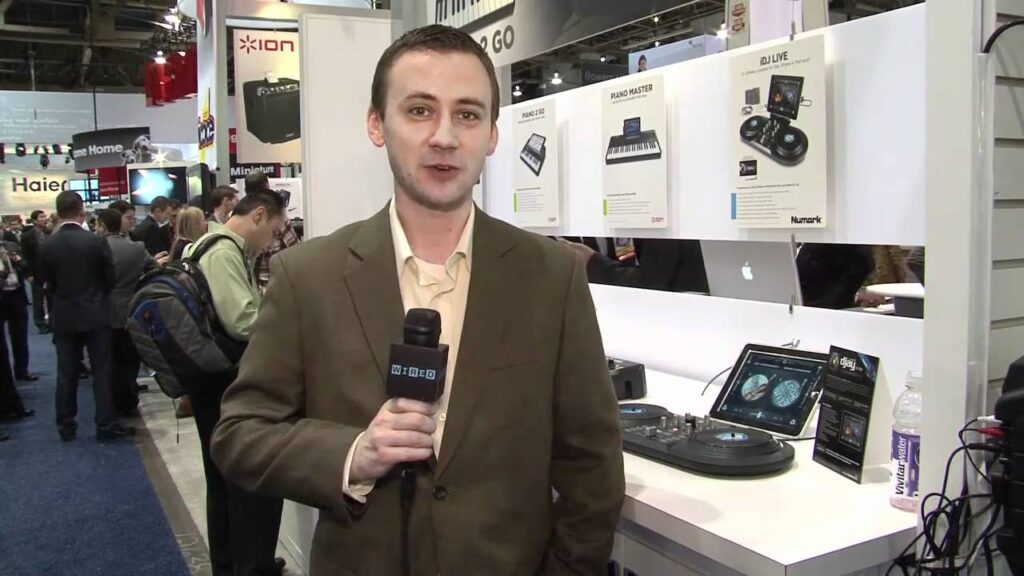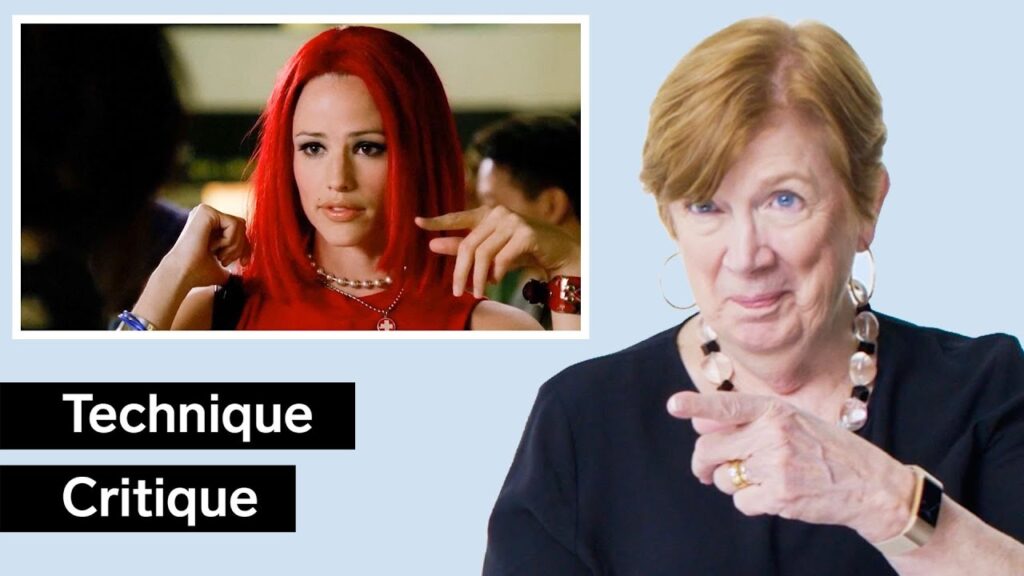Dynamic Music for Your Audio Branding Needs
Summary
In this article, we’ll be discussing the importance of creating a strong audio brand identity with dynamic and engaging music. We’ll cover the basics of what audio branding is, how it can benefit your business, and what kinds of music are best suited for your brand.
Table of Contents
- What is audio branding and why is it important?
- How can dynamic music help strengthen your brand?
- What kinds of music are best suited for your brand?
- How can you ensure your audio branding is consistent across all platforms?
- Can you give examples of successful audio branding in the industry?
- Conclusion
Introduction
In today’s crowded market, it’s becoming increasingly important for businesses to have a strong brand identity. This includes everything from your logo and website design to your social media presence and the way you communicate with your customers. But one aspect of branding that often gets overlooked is audio branding – the use of sound to create a unique brand identity.
At its core, audio branding is about creating a consistent soundscape for your brand that reinforces your values, mission, and personality. This can include everything from your brand jingle and sound effects to the background music you use in your marketing videos and on hold messages. Done correctly, audio branding can help you stand out from the crowd, increase brand recognition, and create an emotional connection with your customers.
But how do you create a strong audio brand identity? One key component is using dynamic and engaging music that captures the essence of your brand. Let’s take a closer look.
What is audio branding and why is it important?
Audio branding is the strategic use of sound to shape the perception of your brand in the minds of your audience. It’s not just about having a catchy jingle or a cool sound effect – it’s about using sound to communicate your brand values, personality, and positioning.
Why is audio branding important? For one thing, sound is a highly effective way to create an emotional connection with your audience. Think about how hearing a song from your childhood can bring back vivid memories and emotions. The right music can create a powerful association with your brand that goes beyond just your logo or tagline.
Another important reason to invest in audio branding is to stand out from the competition. In a crowded market, having a distinct and memorable audio identity can help you cut through the noise and be more easily recognized by potential customers.
How can dynamic music help strengthen your brand?
When it comes to audio branding, the music you choose is critical. Dynamic music that evokes a certain mood or emotion can help reinforce your brand identity and create a lasting impression on your audience.
For example, if you’re a fitness brand, using high-energy electronic music can help convey your brand’s commitment to energy and movement. On the other hand, if you’re a luxury brand, using soft, elegant music can help create an air of sophistication and exclusivity.
The key is to choose music that aligns with your brand’s values and personality. By using dynamic music that captures the essence of your brand, you can create a consistent and memorable audio identity that reinforces your message.
What kinds of music are best suited for your brand?
The type of music that’s best suited for your brand will depend largely on your target audience and your brand values.
For example, if you’re a tech company targeting a young, tech-savvy audience, you might consider using upbeat, modern music that conveys a sense of innovation and excitement. On the other hand, if you’re a financial services company targeting an older, more conservative audience, you might consider using more traditional, classical music that conveys a sense of stability and dependability.
It’s also worth considering the emotional associations that different types of music can create. For example, research has shown that music with a fast tempo and minor key can create a sense of tension or urgency, while music with a slow tempo and major key can create a sense of calm and relaxation.
Ultimately, the best music for your brand is the one that aligns with your brand values, connects with your audience, and helps you stand out from the competition.
How can you ensure your audio branding is consistent across all platforms?
Consistency is key when it comes to audio branding. You want to create a consistent soundscape for your brand that reinforces your identity across all touchpoints, whether it’s your website, social media, or in-store experience.
One way to ensure consistency is to create a set of guidelines for your audio branding. This can include things like:
- The types of music you use (e.g. genre, tempo, tone)
- The types of sounds and sound effects you use (e.g. natural or synthetic, electronic or acoustic)
- The way you use music and sounds across different platforms and touchpoints
Can you give examples of successful audio branding in the industry?
Sure! There are many examples of successful audio branding in the industry, but here are a few that stand out:
- McDonald’s iconic “I’m Lovin’ It” jingle, which has become synonymous with the brand.
- Intel’s five-note bong sound, which plays at the end of all its ads and has become a recognizable part of the brand’s identity.
- BMW’s use of classical music in its ads, which helps convey a sense of luxury and sophistication.
Conclusion
In today’s crowded market, creating a strong brand identity is essential for success. But one aspect that’s often overlooked is audio branding – the use of sound to create a consistent and memorable brand identity.
By using dynamic music that captures the essence of your brand, you can create an emotional connection with your audience, stand out from the competition, and reinforce your brand values. And by ensuring consistency across all touchpoints, you can create a strong and memorable audio identity that sets you apart from the competition.







